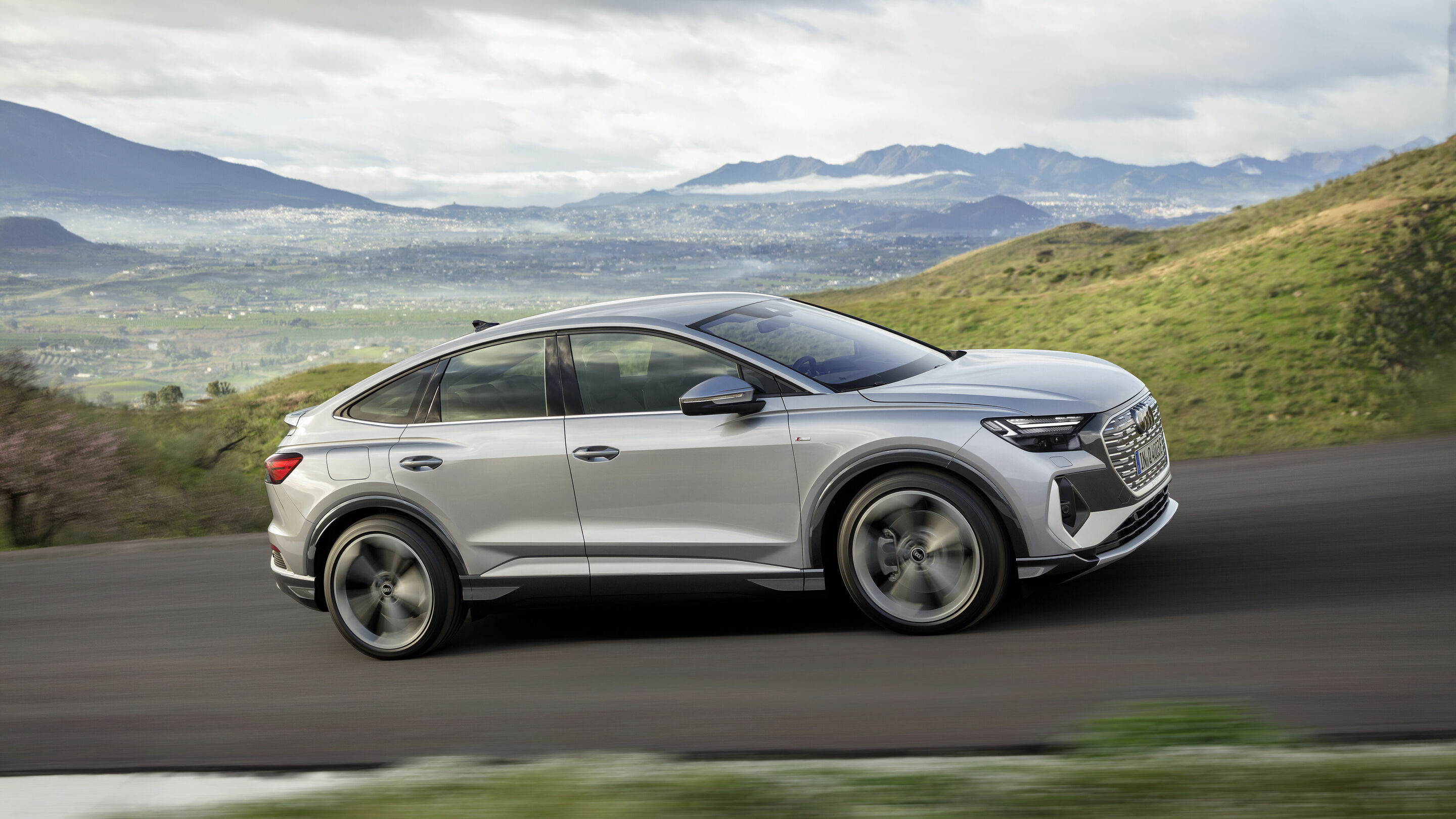Sustainability
Back to overviewAudi builds the Q4 e-tron and Q4 Sportback e-tron for the Europe and United States markets on a net zero basis. When it comes to emissions, the brand with the Four Rings follows the principle of “avoid and reduce.” The Volkswagen plant in Zwickau, the largest and most efficient electric car plant in Europe, uses eco-electricity. The production of battery cells is energy-intensive – which is why Audi has required its cell suppliers to use only green electricity in their production processes.
When the car has reached the end of its life cycle, its battery is intended to be reused in second-life concepts or – if that is no longer economically viable – recycled in a sustainable way as a source of raw materials. Initial pilot and research projects in this area have already been successfully completed.
Reducing CO2 in the utilization phase: charging with eco-electricity
To complement its net zero production approach, going forward Audi will also bring the utilization phase more sharply into focus. Even today, owners of the Q4 e-tron can already charge their car in their garage at home with eco-electricity – for example from Elli, a subsidiary of the Volkswagen Group, which supplies certified Volkswagen Naturstrom. For charging when out and about, networks such as IONITY also offer renewably generated electricity.
Together with its suppliers, Audi is firmly and systematically committed to acting responsibly in all vehicle projects. Since 2017, the company has been reviewing its partners using a sustainability rating – this aims at ensuring resource-saving production processes and adherence to social standards. This rating has been a mandatory selection criterion when it comes to awarding contracts since 2019. The Volkswagen Group has also instituted the Sustainability Rating worldwide since 2019.
Altogether, 27 components contain a share of recycled resources: sustainable materials in the electric SUV
Sustainability and the conservation of resources also play an important role in the whole vehicle. The electric SUV features 27 components that contain recycled materials. For the exterior, this means components such as the assembly carrier – a part that has to meet especially high requirements when it comes to its mechanical properties.
What’s more, a large proportion of the headlight mounts, the wheel arch liners, the fender covers, the floor trim, and the wheel spoilers is made from secondary raw materials.
In the interior, recycled materials are used in the insulation and damping materials. Moreover, many of the visible surfaces contain recycled materials. These include the floor covering and parts of the luggage compartment trim. In the S line interior, the customer can enjoy the Dinamica microfiber material, which is used in combination with artificial leather as the upholstery for the sport seats. Polyester fibers make up 45 percent of the Dinamica material. They are obtained from recycled PET bottles, old textiles, or residual fibers.
The Puls fabric, also combined with artificial leather, contains recycled materials that make up around 50% of its composition. For the seat trim, around 26 1.5-liter PET bottles are transformed into yarn using an elaborate processing procedure – the end result is a material that features the same quality standards, to the eye and to the touch, as classic textile upholstery. The inlay technical fabric for the instrument panel, which will follow shortly after the market launch, also consists partly of recycled materials.
The equipment, data and prices specified in this document refer to the model range offered in Germany. Subject to change without notice; errors and omissions excepted.
